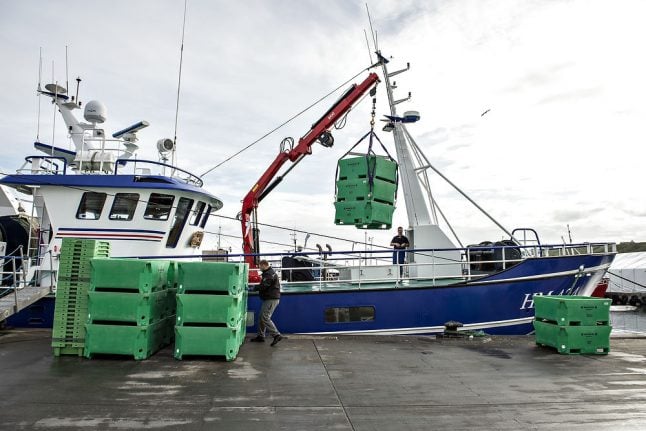The agreement will allow fishermen to catch more herring than a quota recommended by the EU Commission, broadcaster DR reports.
Quotas for Baltic Sea fishing were agreed by fisheries minister Eva Kjer Hansen with counterparts from EU countries.
The International Council for the Exploration of the Sea (ICES), an NGO that promotes sustainable use of the oceans through scientific research, has said that herring fishing should be completely frozen in 2019 to protect the struggling population of the species.
Officials at the EU Commission meeting have meanwhile agreed on a 48 percent reduction in the quota compared to 2018, less than the 63 percent recommendation made by the commission itself, DR writes.
Hansen told the broadcaster the outcome was a compromise between environmental considerations and industry demands.
“This provides a basis for income for fishermen and the capacity to protect ocean life in and around the Baltic Sea. We have done this in a way that keeps fishing going but also enables the population to flourish,” she said.
Greenpeace criticised the decision, saying that the ICES advice should have been followed.
“I think it is particularly remarkable that there has been a recommendation that no herring is fished in the west Baltic Sea, but that recommendation has been ignored and the quota set at many tonnes,” Greenpeace project leader Sune Scheller told DR.
“If we don’t listen to scientific recommendations and catch more than the population can take, there will be less fish to catch next year. Then we will have the same problem again, but maybe even worse,” he added.
READ ALSO: Opinion: Overfishing in Danish seas is bad for the environment and the economy



 Please whitelist us to continue reading.
Please whitelist us to continue reading.